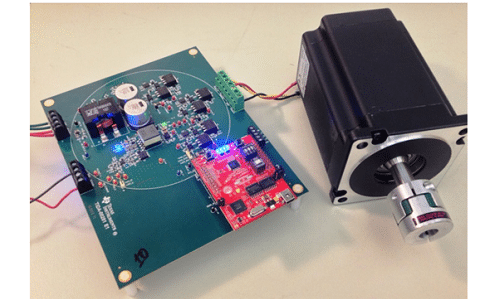Are you planning to build your own e-scooter/e-bike and are looking for a motor drive? So, this reference design from Texas Instruments will simplify your work and help you build a 1kW BLDC motor drive. The design has been verified by TI and is suitable for use in low-powered automotive applications.
 (Image source: Texas Instruments)
(Image source: Texas Instruments)
This reference design from Texas Instruments is for a 3-Phase Brushless DC Motor (BLDC) drive for 48-V automotive applications. This reference design is specially made for 2Wheeler and 3Wheeler applications. The motor drive design uses the 48-V battery only to drive the motor and is isolated from the 12-V battery. The motor drive stage delivers 48-V power to the 3 phases of the BLDC motor as a pulse-width modulated (PWM) voltage. The reference design is suitable for running motors in the range of 1kW and can handle current up to 30A. The reference design’s LV side can take input from 4.5 V to 30V and is compatible with 12V automotive batteries. It is compatible with the LaunchPad microcontroller platform and features accessible electrical test points throughout the design. The reference design employs a smart diode controller to enable reverse battery protection.
The design is mechanically stable for bench tests and has been designed to effectively dissipate high currents and heat without active cooling. It employs PWM technique to drive a motor and has a PWM switching frequency range from 15 kHz to 50 kHz. The design includes analog circuits working in conjunction with a C2000 LaunchPad™ to spin a 3- Phase BLDC motor without the need for position feedback from Hall Effect sensors or quadrature encoder.
This reference design can be used in applications such as motor drives of an e-scooter, radiator fan, HVAC blower, oil pump, etc.
Design Features
- Speed Control of 3-Phase BLDC motors without position sensors
- Accessible test points to check key motor signals
- Isolated CAN Interface Connects to Automotive Networks on 12-V Battery System
- Critical Components Fit in a 5-inch Diameter Circular PCB
Protection Features
- Overvoltage Protection
- Undervoltage Protection
- Overtemperature Protection
- Overcurrent Protection
- Transient Protection
- Reverse Polarity Protection on 12-V Battery
All the resource files for this reference design can be downloaded from here.






